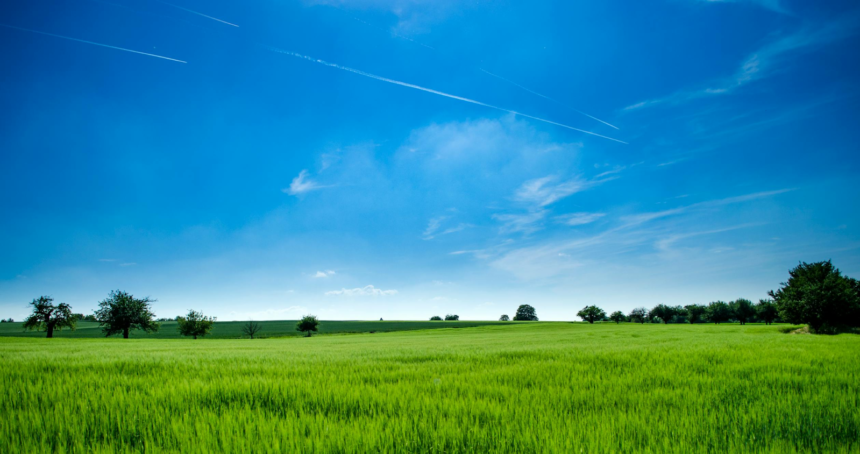The debate between turf and natural grass has been a hot topic in sports for decades. While players and coaches argue over which surface is safer and more performance-friendly, bettors have a different question: which playing field offers a better edge when making wagers? The answer isn’t as simple as one might think. The type of surface a game is played on can influence everything from player speed and injury rates to scoring trends and team performance. Those who understand these nuances can use them to their advantage when placing bets. If you’re looking for deeper insights into how playing surfaces impact sports predictions, explore Turft products.
The Impact of Turf and Grass on Player Performance
Player performance, which determines game outcomes, depends on the type of playing surface selected. The soft texture and irregular surfaces of natural grass fields cause games to slow down. Defensive teams benefit from these conditions, and games require teams to maintain possession. The characteristic feature of artificial turf is its quick playing speed. The uniform playing surface enables quicker foot movements, which is advantageous for teams implementing quick passing strategies and operating at high offense speeds.
Teams that usually play on a single playing surface experience difficulty adapting to another surface. The speed-oriented team developed for turf fields faces challenges when competing against thicker, wet grass fields because these conditions affect ball speed and diminish player agility. By tracking surface-related trends, bettors can maximize their advantage by identifying situations where familiarity with the field type affects team performance. The effects of playing surfaces on team results show up in historical data, and sportsbooks tend to modify betting lines.
Performance evaluations heavily depend on injury statistics. Studies about artificial turf show conflicting results regarding non-contact knee injuries, yet studies indicate that modern turf fields offer better consistency than fields with worn-out grass. Bettors who track player health reports and availability information before games gain better odds of making informed wagers, specifically when betting on individual player props.
How Playing Surfaces Affect Scoring and Betting Odds
The type of playing surface affects both scoring patterns, which eventually directly influence betting odds. Games featuring artificial turf surfaces produce increased scores because of their quick playing surfaces. Offenses get incredible speed from the ball movement, allowing them to run their plays at elevated speeds. The fundamental requirement for defensive penetration in football and soccer involves fast transitory movements and quick passing patterns. Because of this factor, the betting lines for games on artificial surfaces usually exceed those of games on grass fields.
The combination of natural grass fields and weather exposure causes games to decelerate, producing reduced scoring outcomes. The combination of windy conditions with rain and unfavorable field state makes it difficult for offensive teams to carry out their game strategies, ultimately leading to reduced scoring opportunities. Before betting on over/under totals, gamblers must consider how the playing surface will affect the game’s tempo. A contest between potent offenses can reach the under mark when it takes place on a sluggish, muddy grass surface.
The advantage that comes from playing at home remains an essential aspect of betting decisions. The specific teams constructed for their home surface demonstrate poor performance when competing on different turf types. Artificial turf specialists encounter challenges when playing in grass stadiums because the other ball movement, combined with varied footing conditions, creates obstacles. The betting success of astute gamblers depends on their consideration of home/away variations when placing money line or spread bets, especially when opposing teams demonstrate significant field advantage disparities.
Conclusion
Sports betting strategies heavily depend on the turf-grass playing surface choice because it creates significant implications for wagering decisions. Knowledge about the effects playing surfaces have on player performance, scoring patterns, and team behavior gives bettors a considerable advantage when they place wagers. Those who consider playing surface conditions build a significant betting advantage because they can monitor team performance and accurately set point total expectations. The difference between winning and losing sports wagers depends on paying attention to such commonly overlooked details because sports betting has become increasingly data-focused.














